4th September, 2023
Unlock the secret to a thriving business by mastering the art of cash flow management. Like a steady heartbeat, effective cash flow sustains business vitality. Dive into five key strategies to ensure your business’s financial pulse remains strong.
- Utilize Expense Management Tools
In the digital age, there’s a tool for almost every business need, and expense management is no exception. Modern expense management tools and software have revolutionized the way businesses track and manage their expenses. These tools offer automation capabilities that streamline the entire process.
One of the most significant advantages is the automation of expense categorization. These tools can save you time by automatically organizing expenses into predefined categories, simplifying the tracking and reporting process. Additionally, they generate comprehensive reports that provide valuable insights into your business’s spending patterns.
- Organize Receipts Digitally
Gone are the days of wrestling with stacks of paper receipts. Embrace the convenience of digital receipt management. You can easily achieve this by using mobile apps or dedicated scanner devices. Digitizing your receipts offers several benefits.
Firstly, it allows you to store, search, and access receipts effortlessly. No more rummaging through drawers or folders; a quick search will retrieve the necessary documentation. Secondly, digital receipts reduce the risk of losing critical expense records, ensuring that you always have access to the information you need.
- Categorize Expenses Effectively
Consistency is key when it comes to expense categorization. Establish a clear and standardized system for classifying your expenses. This consistency is vital for accurate tracking, analysis, and reporting.
Effective categorization not only helps you monitor your spending patterns but also makes it easier to identify areas where you can optimize costs. It provides a comprehensive view of where your money is going, helping you make informed decisions about resource allocation.
- Regularly Review and Reconcile
To ensure the accuracy of your financial records, it’s crucial to set aside dedicated time intervals for expense review and reconciliation. Whether it’s a weekly, bi-weekly, or monthly routine, this practice helps you catch errors, duplicates, or discrepancies promptly.
Regular reviews also contribute to better financial control by identifying any unauthorized or non-compliant expenses. It ensures that your financial records are up-to-date and align with your business’s actual spending.
- Educate and Involve Your Team
If your business involves employees who make business-related expenses, it’s essential to educate them on the importance of accurate expense tracking. Establish clear guidelines for submitting and documenting expenses to maintain consistency and compliance.
Educating your team not only reduces the risk of errors but also fosters a culture of financial responsibility within your organization. When employees understand the significance of expense management, they become active participants in the process, ultimately benefiting your business’s financial health.
In conclusion, efficient expense tracking is a cornerstone of sound financial management. By implementing these five techniques and leveraging the power of automation tools, your business can optimize its expense tracking process, leading to improved financial control, better decision-making, and ultimately, increased profitability. In today’s competitive business landscape, mastering the art of efficient expense tracking is a strategic move toward financial success.

